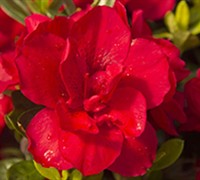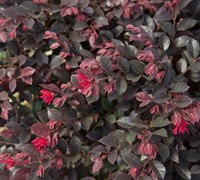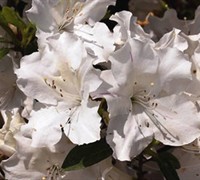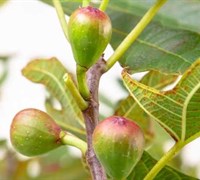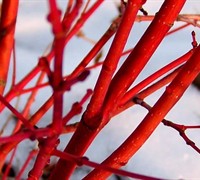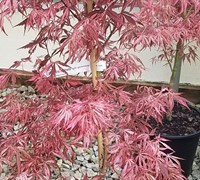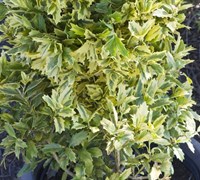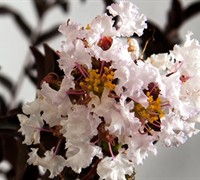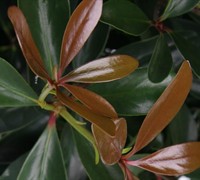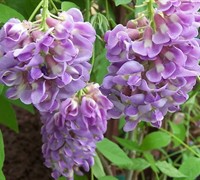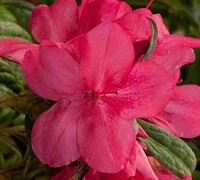Delosperma Jewel of the Desert
ICE ICE BABY!
Delosperma cooperi, also known as the Trailing Ice Plant or the Hardy Ice Plant, is a dwarf succulent perennial native to South Africa. The most outstanding feature of this plant is the production of a great number of beautiful daisy-like flowers. This plant will form a dense lawn of low-growing foliage bursting with abundant, long-lasting flowers (many bloom from July through to September).
Selective breeding by the Florsaika Breeding Company in Japan led to the creation of a new variety of Delosperma cooperi Ice Plant called the Delosperma Jewel of Desert. These new varieties bloom continuously from spring until the first frost and maintain a very compact size. Jewel of Desert varieties prefer full sun to partial shade and offer superior drought tolerance. But what really makes Jewel of Desert varieties stand out is their bright, neon-colored flowers. The colors are not only bright, but very intense, and the long-lasting flowering period can add beautiful color to the toughest environments.
Gardener Direct is pleased to offer several of the Jewel of Desert varieties: Garnet with flowers of scarlet and lavender, Peridot with flowers of yellow and white, Topaz with flowers of orange and white, Grenade with flowers of fiery red and magenta, Moonstone with flowers of brilliant white, and Opal with flowers of vibrant fuchsia.
But why are these plants called Ice Plants? These plants have bladder-like hairs on their leaf surface that reflect and refract light in such as manner as to appear to sparkle like ice crystals. These structures are actually modified trichomes (which are hairs found on the leaves of most plants) and are called epidermal bladder cells (EBCs). These bladder cells can accumulate and store salts, which then allow them to swell with water. It is thought that these cells let Ice Plants store both water and salt, which allows them to survive droughts and tolerate soils with high salinity.

The Ice Plant not only has this special means of water storage (in fact, the EBCs can contain up to 25% of all the water volume in the plant), but it also has the ability to conserve water as well. There are different types of photosynthesis (a topic for another day) that a plant can use to convert the sun’s energy (light energy) into carbohydrates (chemical energy). The Ice Plant has the ability to change its method of photosynthesis to a more water-conserving type when under drought conditions.
New Arrivals at Gardener Direct

